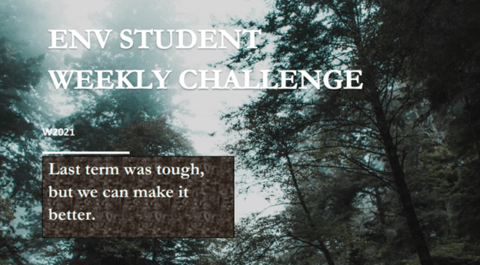SERS Stories: Hanna Meili SERS Undergrad Student
My name is Hanna Meili, I am a first-year student in the Environment, Resources, and Sustainability program (Honours co-op) at the University of Waterloo and I live at St. Paul’s University College. My plan is to complete two minors, one in French and the other in Biology.







